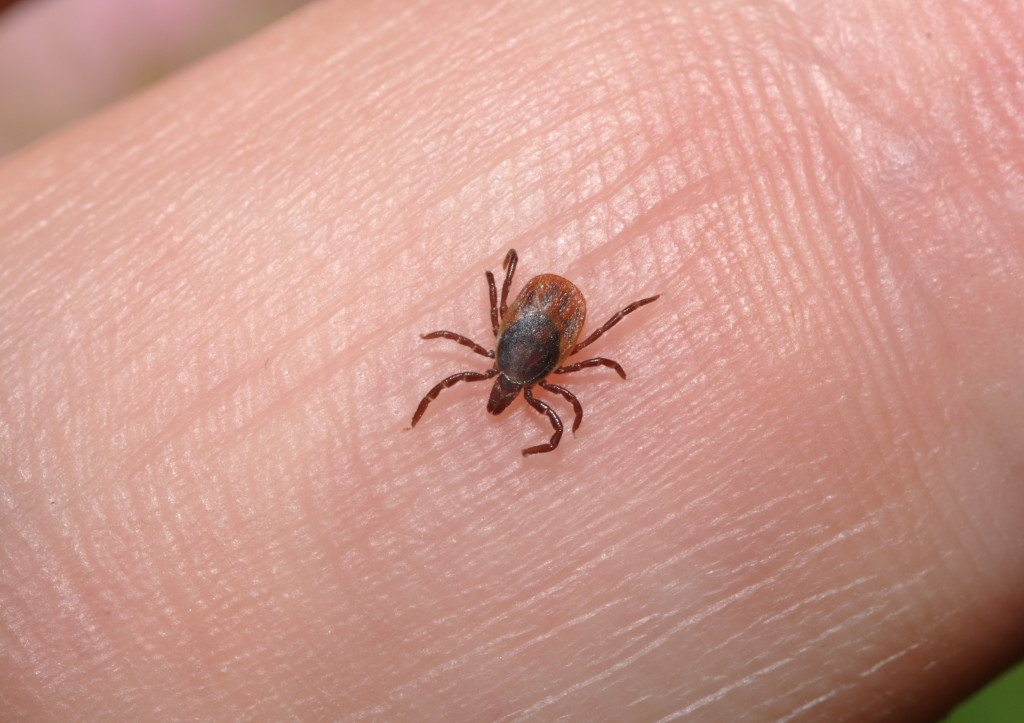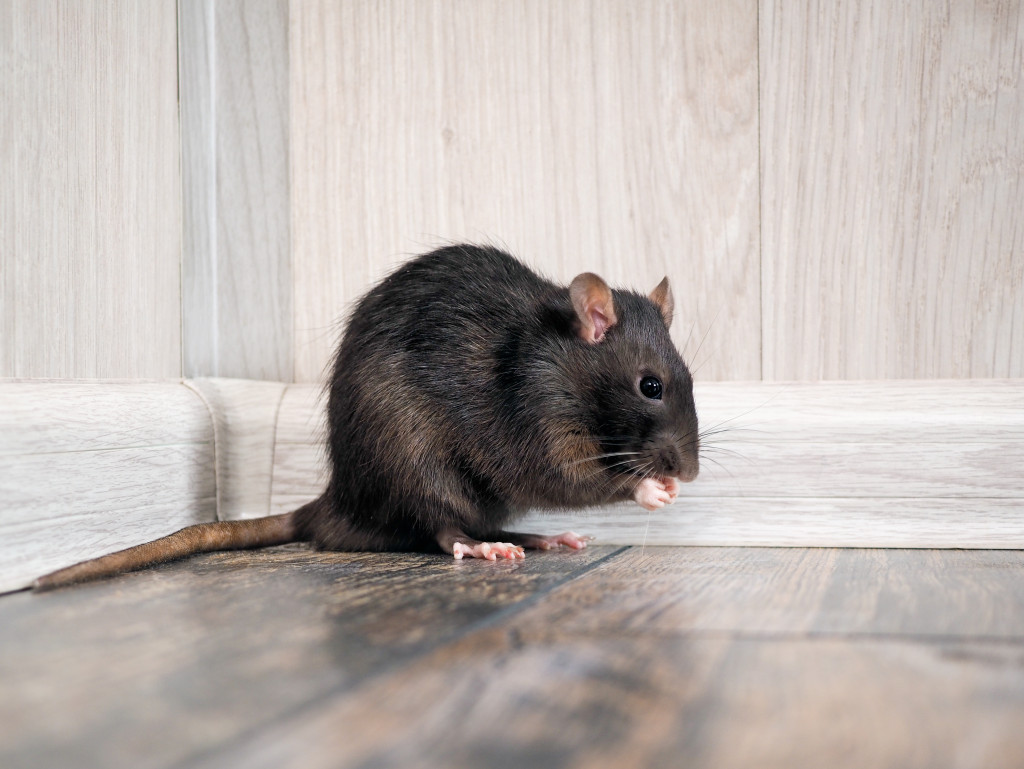- Pests, including rodents, mosquitoes, ticks, and fleas, are prevalent in the U.S. and carry numerous diseases.
- Lyme disease, West Nile virus, Hantavirus, Rocky Mountain Spotted Fever, and Plague are common pest-borne diseases.
- These diseases exhibit various symptoms, including rashes, fevers, muscle aches, and more severe neurological effects.
- Infestation prevention includes natural repellents, proper hygiene, physical barriers, and professional pest control services.
- Awareness and proper prevention measures can mitigate the risk of pest infestations and associated diseases.
Pests, such as rodents, mosquitoes, ticks, and fleas, are annoying and can pose serious health threats to humans. These creatures spread diseases directly and carry viruses and bacteria that can cause deadly illnesses. It is essential to understand the types of viruses that pests carry to avoid getting infected and seek a doctor’s help immediately if symptoms arise. Here’s what you need to know regarding pests in the U.S., common viruses carried by these pests, and ways to deal with them.
Pests in The U.S.
Some pests are more common than others, depending on the region and climate of a particular area. In the U.S., rodents, mosquitoes, ticks, and fleas are found in almost every state. Rodents like rats and mice can be found in urban and rural communities. Mosquitoes thrive in warm and humid climates and can breed in standing water. Ticks reside in wooded areas and are most common in the Northeast, while fleas can be found in homes with pets.
Common Viruses Carried by Pests
Pests have been known to carry many diseases, including viral, bacterial, and parasitic infections. Here are some of them:

1) Lyme Disease
Ticks are notorious for spreading Lyme disease, a bacterial infection that affects the nervous system, joints, and skin. This disease is common in wooded areas, where tall grasses thrive. Early symptoms of Lyme disease include a bull’s eye rash, fatigue, fever, muscle aches, and headaches. If left untreated, this disease can lead to severe complications like arthritis, heart palpitations, and chronic fatigue syndrome.
2) West Nile Virus
Mosquitoes are the primary carriers of West Nile virus, which can cause severe neurological illnesses. In some cases, this virus can lead to the inflammation of the brain or spinal cord, leading to paralysis, convulsions, and even death. West Nile virus causes flu-like symptoms like fever, rash, headache, and body aches. Individuals who experience these symptoms should seek medical attention immediately to avoid complications.
3) Hantavirus
Rodents, such as mice and rats, are notorious for carrying Hantavirus, a respiratory condition that causes severe illness in humans. This virus is usually transmitted through inhaling rodent droppings, urine, or saliva. Initial symptoms of Hantavirus include fever, muscle aches, headaches, and coughs. This virus can lead to acute respiratory distress syndrome (ARDS) and even death if left untreated.
4) Rocky Mountain Spotted Fever
Ticks also transmit Rocky Mountain spotted fever, a bacterial infection affecting the skin, heart, and nervous system. This disease manifests as a rash on the wrists, ankles, palms, and soles of the feet. Other Rocky Mountain spotted fever symptoms include fever, headache, muscle aches, nausea, and vomiting.
5) Plague
Fleas, usually from infected rodents, transmit the bubonic plague, one of the deadliest diseases in the world. This disease is commonly found in areas with high rodent infestation rates but can also spread through direct contact with bodily fluids from infected animals. Symptoms of the plague include fever, chills, headaches, and swollen lymph nodes.
Ways to Deal With Pests
There are various ways you can deal with pests in your home. Here are four effective ways.
Natural Pest Repellents
Repellents are an effective way of keeping pests away without using chemicals. Essential oils like lavender, peppermint, and eucalyptus have natural insect-repelling properties that help keep mosquitoes and ticks at bay.

Proper Hygiene
Practicing good hygiene is essential in preventing pest infestations. Emptying garbage regularly, cleaning up food spills promptly, and sealing any cracks or openings in your home can help keep pests away.
Fencing and Netting
Consider installing fencing or netting around your property to keep rodents and other pests out of your home. This method is beneficial for keeping out larger pests like rats or raccoons.
Pest Control Services
If you have a severe pest problem, seeking professional pest control services is best. They have the proper equipment and expertise to handle different types of pests effectively. Additionally, they can ensure that pests never come back by identifying and sealing off any entry points in your home.
Pests are more than just a nuisance; they are carriers of dangerous diseases that could pose significant health risks. Awareness of the potential viruses and infections associated with pests is the first step toward ensuring your safety and well-being. By implementing proper hygiene practices and considering physical barriers, you can effectively mitigate the risk of pest infestations and the diseases they carry.

